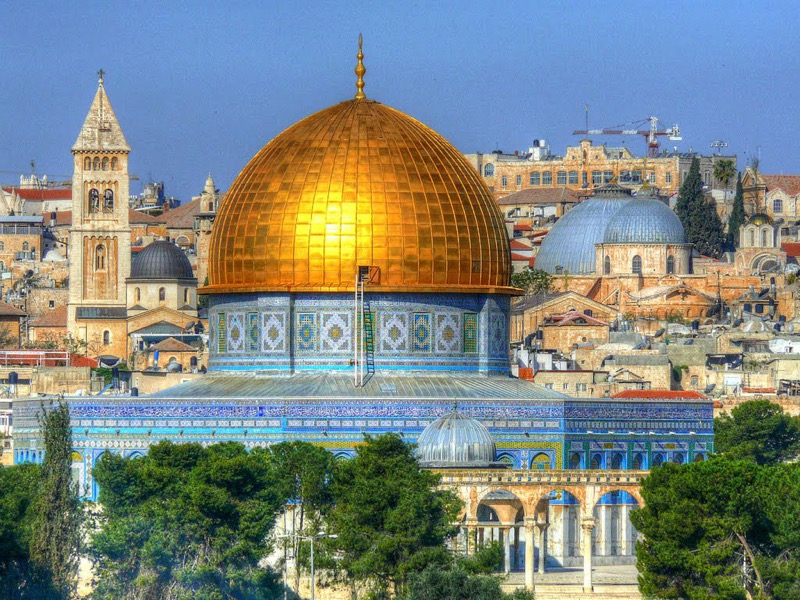Medieval Art Scholar Explores Impact of the Crusades on Art and Architecture
Posted on: 02 December 2014
Leading historian of the art of the early Middle Ages, Professor Lawrence Nees, from the Department of Art History at the University of Delaware, presented an innovative and exciting talk on the significance of Crusader carvings to modern art and architecture to mark the opening of the History of Art Alumni event at Trinity College recently.
The annual Alumni event, which was organised by The Department of History of Art and Architecture in the School of Histories and Humanities at Trinity College Dublin, also brought a number of internationally renowned art historians to the College to celebrate the launch of the Royal Irish Art and Architecture of Ireland (AAI) project and the recent publication of a landmark work in scholarship of Irish art history, ‘Art and Architecture of Ireland’. The work, which examines Irish visual culture from the medieval period to the year 2000, includes major contributions by researchers in the Department of History of Art and Architecture at Trinity College.
The story of the Crusades is often discussed as a tale of religious fanaticism and brutality; however, Professor Nees’ lecture took a different approach. His talk, entitled ‘The Eagle Capitals in the Dome of the Rock in Jerusalem’ examined the well-known shrine ‘The Dome of the Rock’ which has been called Jerusalem’s most recognisable landmark. Professor Nees’ lecture traced under-explored aspects of the artistic development of this influential building. The lecture was part of the series of events to celebrate the AAI project.

The ‘Art and Architecture of Ireland’ is the most extensive piece of research ever carried out in Irish art history. The five-volume book series provides an authoritative and fully illustrated examination of 1,600 years of Irish Art and Architecture and was published by Yale University Press and the Royal Irish Academy. The project was funded by the Naughton Trust and the Department of Arts, Heritage and the Gaeltacht.
